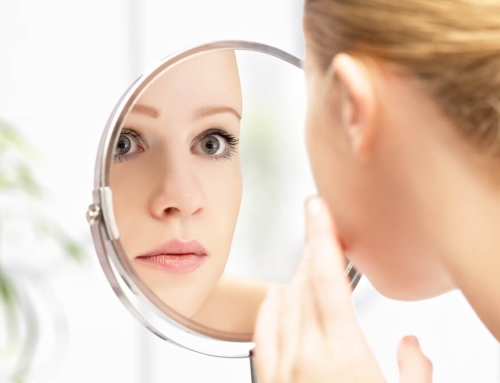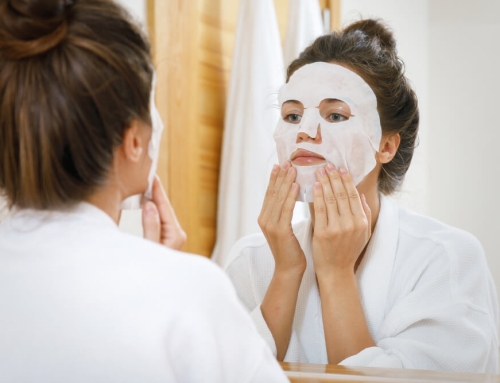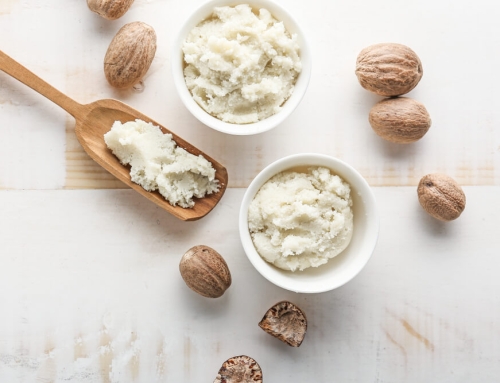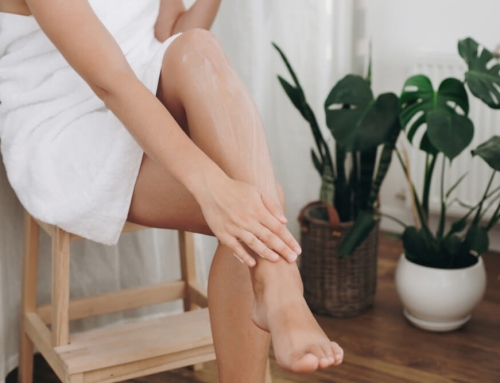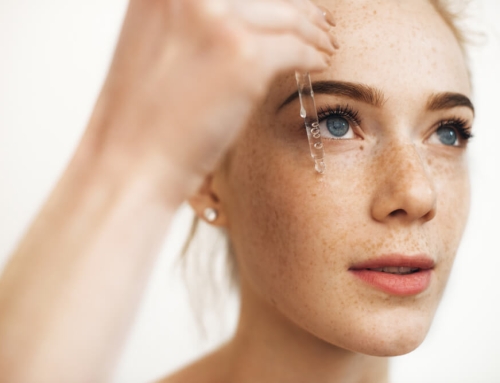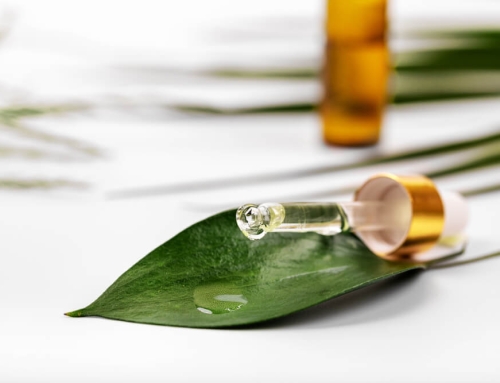While Covid-19 restrictions may be lifting in different parts of the world, it looks as though face masks are going to be around for quite a bit longer.
Unfortunately, as more and more people begin to wear face masks for extended periods of time, skincare problems are on the rise. From an increase in breakouts to dryness and itchiness, a face mask may be a must in the fight against Coronavirus, but they certainly aren’t doing your skin any favors.
The upside is that there are ways to get around this, helping your skin to better deal with the challenges that a face mask provides. All it takes is a few tweaks to your existing skincare routine.
Pick a Breathable and Non-Irritating Face Mask Fabric
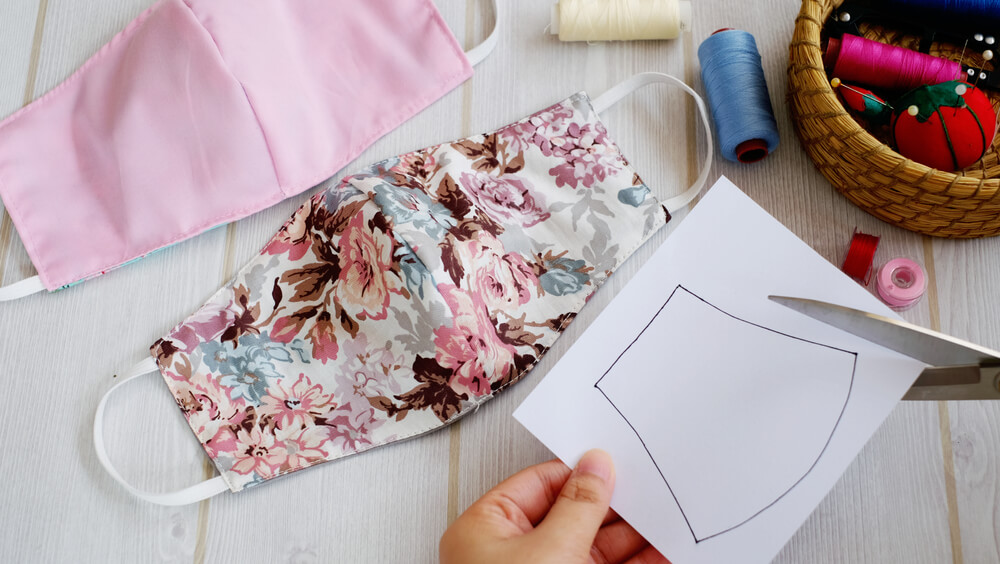
General recommendations are that the public should be wearing a fabric face covering, with the official medical masks being saved for frontline workers. This means that public masks are available in a wide range of materials, so make sure that you pick one that will be kind to your skin.
A soft, organic cotton or bamboo is always a good choice. Not only are these breathable materials, but there’s also less chance that they will cause irritation when they touch your face.
Fabrics to stay away from include:
- Wool
- Spandex
- Polyester
Not only are these not breathable and will feel scratchy against your face, but those fabrics are also often treated with chemicals that could cause extra skin irritation.
Don’t forget to also check that your mask isn’t too tight…
Yes, you need to achieve a secure skin-to-mask seal, but anything tighter than this will only be causing unnecessary friction, rubbing against your skin when it doesn’t need to. You also want to avoid touching your mask as much as possible, so keeping it comfortable to begin with is key.
Boost That Barrier
No matter how perfectly your mask may fit your face, friction will still be caused, meaning that you are likely to experience redness and irritation on certain parts of your face. Those who already have sensitive or dry skin will be even more susceptible to this.
There are two steps that you can take to deal with this…
Begin by strengthening your skin’s natural barrier
Your skin already has a protective barrier, called the stratum corneum, that sits on its outer surface, but this can easily become damaged. Chances are, between the friction caused by your face mask and the increase in indoor air due to spending more time at home, your skin’s natural barrier is already compromised.
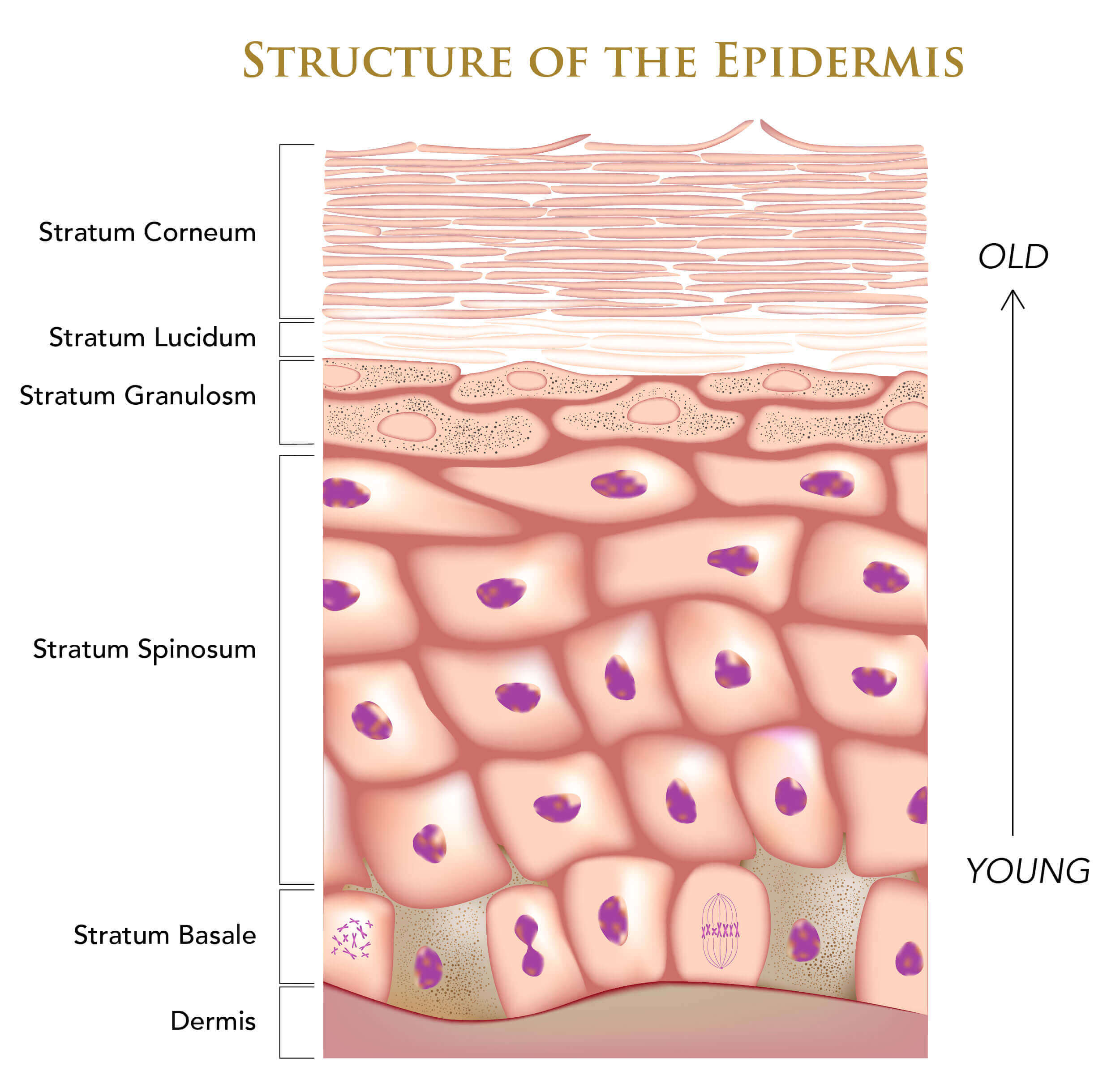
How do you boost your skin’s natural barrier?
There are a few ingredients that can help to build this up, such as:
- Plant Oils: Plant oils, especially sunflower and hemp seed, have been proven to help improve skin barrier function
- Humectants: Ingredients such as Sodium Hyaluronate and Glycerin draw moisture to the skin, plumping and strengthening that external barrier
- Antioxidants: These are key when it comes to repairing the damage that has already been caused to your skin barrier
You will find all of the above barrier-strengthening ingredients in the OROGOLD Cannabis Golden Leaf 24K Ultra Day Moisturizer, which can be used daily.
Add in an extra physical barrier between your face and your mask
In addition to keeping your skin regularly moisturized, you may also want to apply a layer of moisturizer before you actually put your mask on.
Why?
Because this will act as an extra physical barrier between your face and your mask, significantly cutting down on friction.
While many may also recommend good old petroleum jelly for the same purpose, this is actually extremely pore-clogging, and is an ingredient best avoided on the face. You also don’t want the barrier to be too thick, since this might interfere with how well the mask works.
Gently Cleanse Before and After
In addition to the friction and irritation they cause, face masks also trap oil, dirt and sweat onto the skin. Combine this with the increase in humidity they cause and you have the perfect recipe for a breakout.
Making sure that you cleanse your skin before and after you wear a mask can really help with this, but knowing how to cleanse is key.
Keep it gentle
You probably already cleanse your skin at least once a day, or maybe even twice if your skin is quite oily.
So, while it’s important to cleanse your skin before and after wearing a face mask, you need to keep this as gentle as possible. Cleansers strip away your skin’s natural oils, but these actually form a big part of your skin’s protective barrier, which is something you need to preserve.
A gentle and antioxidant-rich cleanser is what you need, and you should only be using a very small amount of this. Give the OROGOLD 24K Vitamin C Facial Cleanser a try – it’s packed with plant extracts and vitamins, as well as humectants to help keep your skin plump and hydrated.
Tone Down the Makeup
Whether you prefer to keep things subtle or enjoy wearing a full face of makeup through the day, toning down your makeup would be a wise move when you’re wearing a face mask.
This doesn’t mean that you need to go bare-faced – just be thoughtful about the products you use.
Focus on the eyes
Your eyes will be the focal point of your face when you’re wearing a face mask, so feel free to go bolder and more dramatic with your eye makeup. Remember to always prep the skin around your eyes first – a soothing eye serum followed up by an eye cream will give you a soft and smooth canvas to work from.
Go easy on the foundation
Since half of your face will be hidden, you will be able to cut back quite a bit on the amount of foundation you use. Many people will find that they can skip this altogether, turning to a few strategic dabs of concealer instead to brighten and even out their skin.
SPF is Still Essential
Think that you can skip the sunscreen on the bottom half of your face, since it will be hidden anyway?
This is a huge myth, and is one that is going to see so many people experiencing sun damage that could easily have been avoided.
Yes, your face mask will be covering half of your face, but the sun’s damaging UV rays will still be able to penetrate through the material of your face mask. Your skin will be just as susceptible to those dark spots, wrinkles and other signs of skin damage, making SPF a must. Don’t forget that UV rays can also penetrate through thick cloud and glass, meaning that even if you’re staying at home, you need to be wearing a sunscreen.
Keep it simple
While there are plenty of dedicated sunscreens out there, going for a moisturizer that contains SPF can often make life a little easier. This means that your SPF moisturizer will not only protect you from the sun, but will also act as that all-important barrier between your skin and your face mask.
SPF 30 is all you need, which you will find in the OROGOLD 24K Skin Tone SPF 30. This silky, soothing cream contains several vitamins and antioxidants that will give your skin a serious boost each time you re-apply it.
Know How to Treat Irritated Skin
No matter how careful you may be, chances are that you will likely experience skin irritation caused by your mask at some point or another.
Rather than being caught unaware, learn how to deal with this from now, so that you’re well-equipped to treat any irritated skin as soon as you notice it.
A cool compress
If redness and inflammation are your main problems, then a cool compress can provide some instant relief. Simply dab a cool, damp cloth onto your skin. For an extra dose of antioxidants, soak the cloth in some cold green tea first.
You could also slice up a cucumber and place those slices onto irritated skin. The compounds within those slices have been shown to reduce swelling and redness, while also providing some additional anti-aging benefits.
Soothing ingredients
There are certain skincare ingredients out there that are known for their soothing effect. Whether your face mask has caused redness, dryness, breakouts, or anything else, these ingredients can help:
- Aloe Vera: One of the most popular anti-inflammatory ingredients out there, aloe vera contains an impressive 75 potentially active compounds
- Chamomile Extract: Great for redness and breakouts, due to its antiseptic and anti-inflammatory properties
- Cucumber Extract: Reduces swelling and puffiness, treats acne breakouts, and hydrates the skin, all at the same time
- Colloidal Oatmeal: Calms redness and irritation while soothing itchiness
- Beta Glucan: A natural sugar that has anti-irritant and antioxidant properties
- Centella Asiatica Extract: Soothes inflammation while promoting skin healing
Stick to products that you have already tried-and-tested when dealing with irritated skin, as you don’t want to risk making matters worse.
Use an Antioxidant-Rich Facial Mask Once a Week
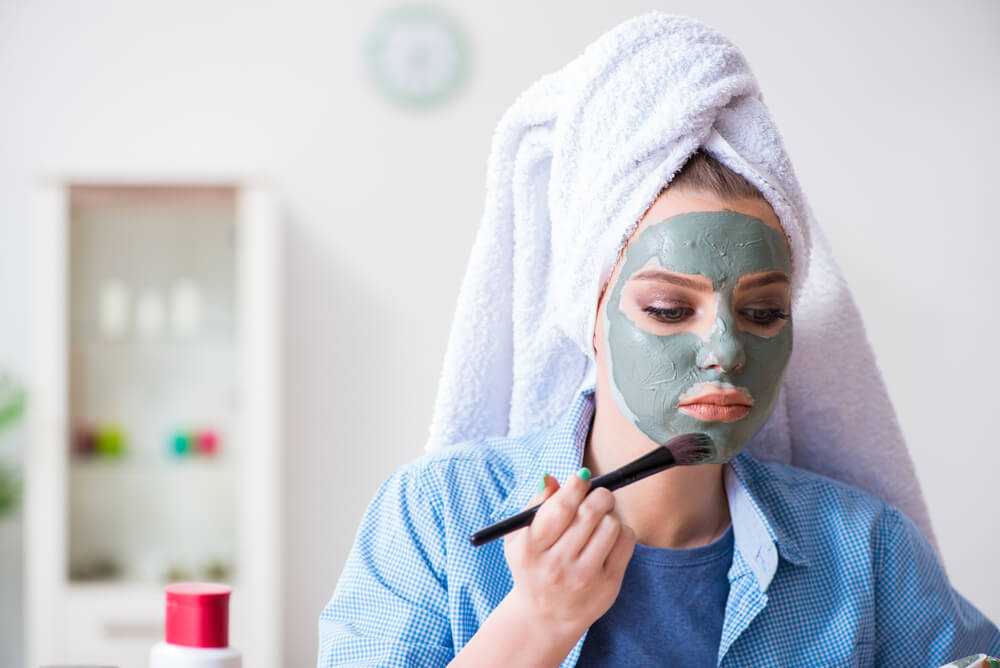
While your Covid-19 face covering may be causing your skin issues, a hydrating, antioxidant-rich face mask could be exactly what you need to solve them.
Even if you are already taking good daily care of your skin, a nourishing face mask will give your skin cells the extra help that they need to get them through these times.
Choose a facial mask that works with your skin type
There are plenty of antioxidant-rich facial masks out there for you to choose from, so how do you pick?
You go with one that has been designed for your skin type, as well as for any skin issues you may be dealing with. For example, the 24K Rose Gold Hydro Mask was created to increase skin moisture levels, while the 24K Bio-Brightening Pigment Balancing Mask will target those dark spots and areas of uneven skin tone, leaving you looking clearer and brighter.
Give multi-masking a try
If you really want to treat your skin, give multi-masking a try.
This technique involves using at least two different face masks in one session. You could either layer them on top of each other, apply them to different parts of your face, or use one after the other – either way, your skin will love the extra attention!
Keep Your Stress Levels Down
Have you been feeling more stressed lately?
This is hardly surprising, and you’re definitely not alone. However, what many don’t realize is that the stress they experience internally manifests in an external way – in their skin.
How do you know if your skin is stressed?
Stress causes an increase in cortisol in the body, which is also known as the stress hormone. This can have a wide range of effects on the skin, including:
- Acne breakouts
- Oilier skin
- Eczema, psoriasis and rosacea flare-ups
- Excessive sweating
- Hives and rashes
How to de-stress your skin
De-stressing your skin requires you to first de-stress yourself.
This may seem easier said than done, but once you’ve found a stress relieving technique that works well for you, you can turn to this regularly. For some, taking some “me-time” to relax with a good book, a warm bath, and even a face mask, quickly lowers stress levels, while, for others, doing something more vigorous and strenuous, such as an intense workout, can help.
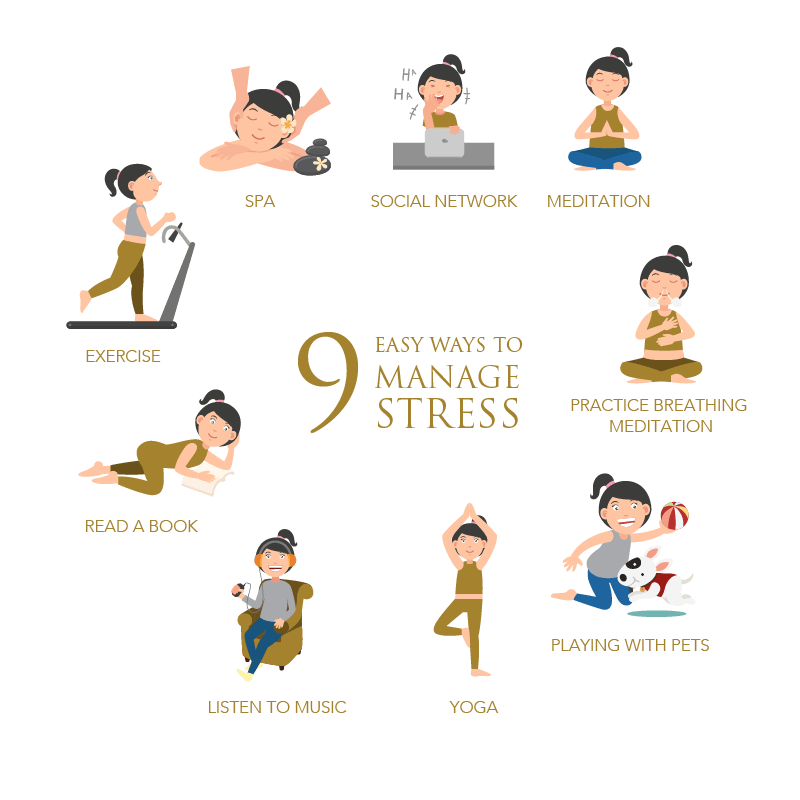
Either way, lowering your own stress levels will soon help to calm your skin down, enabling it to function so much more effectively.
Having to regularly wear a face mask can take some getting used to, especially for your skin. Although caring for your skin while wearing a face mask can be tricky, it’s well worth taking the time to understand exactly how to do this, since it doesn’t look as though face masks will be going anywhere anytime soon.


